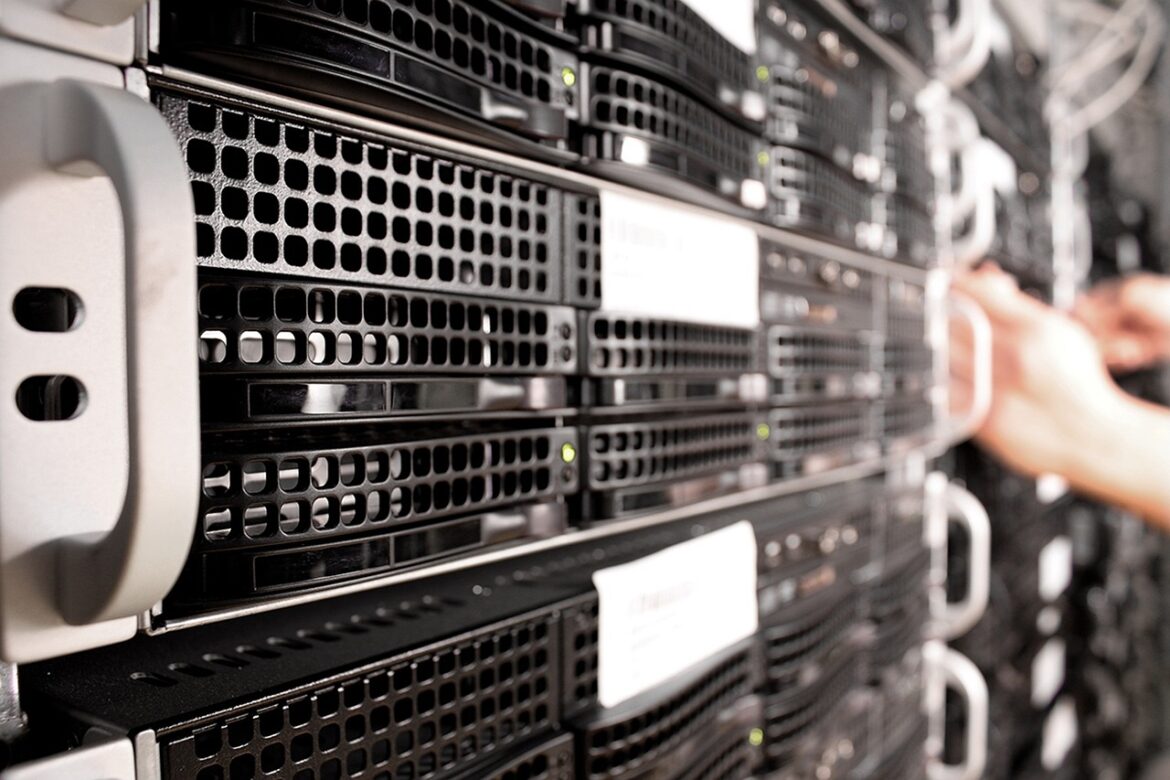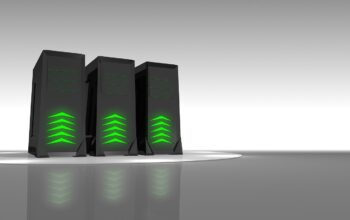If you’ve ever marveled at how fast your favorite apps load or how seamlessly your business data moves across continents, chances are you’re witnessing the magic of modern cloud hardware. But what are the real-world gems powering this revolution, and how do they affect companies and teams actually using them? Here’s a look at five trending hardware players in the cloud services arena, with stories showing how they’re changing the game.
1. NVIDIA DGX Cloud and H100 GPUs: AI’s Heavy Lifting Team
Picture a group of super-fast problem solvers working together, never asking for breaks—that’s essentially what’s happening inside the giant data centers running cloud AI today. NVIDIA’s DGX Cloud, packed with H100 and A100 GPUs, acts like a powerhouse gym for artificial intelligence. These GPUs are designed to handle massive AI models, such as those used in drug discovery or content creation. For example, pharmaceutical giant Amgen reported that using these GPU-driven cloud instances cut their protein model training time by threefold and slashed analysis tasks from weeks to hours.
But it’s not just for scientists. From ChatGPT to industrial robotics, any company that wants to launch AI features at scale is racing to tap into GPU-rich cloud resources. However, this muscle comes with a hefty price tag, and organizations need to carefully weigh the ROI. For enterprises with big AI dreams, “renting” GPU time from the cloud is becoming standard practice, letting businesses flex their computing power without having to own or maintain their own supercomputers.
2. Go-To Edge Servers: Lenovo ThinkAgile HX360 V2 Edge
Edge computing is like having mini data centers next door instead of miles away in the cloud. Companies like Lenovo are answering the call with devices like the ThinkAgile HX360 V2 Edge, which slots right into the heart of businesses that need on-the-spot processing—think factories with smart robots, hospitals processing patient data instantly, or even retail stores tracking inventory with real-time analytics.
Imagine a hospital’s MRI machine working overtime and generating massive files. With this edge server, which supports NVIDIA A2 or L4 GPUs, doctors and technicians can analyze results without waiting for cloud uploads—saving critical minutes. The HX360 V2 Edge is built tough for rough environments, supports remote management (so you don’t need an IT pro onsite), and keeps running through power hiccups, thanks to auto-restart features. Its modular design and easy serviceability mean even small-town clinics or remote factories can keep things humming.
3. Custom AI Chips: Hyperscalers’ Secret Sauce
AWS, Google Cloud, and Microsoft Azure are now rolling out their own custom AI chips—like Google’s TPU (Tensor Processing Unit) and AWS’s Trainium or Inferentia. Think of these as specialized chefs cooking only the most demanding AI dishes, tailored exactly for their cloud kitchens. These chips are designed to make AI training and inference (running the AI) faster, cheaper, and less power-hungry.
For example, Google just launched its seventh-generation TPU, codenamed “Ironwood,” aimed at handling hordes of users chatting with AI assistants or using smart search features. The result: less waiting time, lower costs, and happier customers. Businesses that rely on AI for customer service or real-time analytics are already seeing the difference, with some reporting double-digit percentage drops in their cloud bills after switching to these specialized instances.
4. Modular and Flexible Cloud GPUs: IBM’s Approach with Versatile Hardware
While IBM Cloud may not have the limelight compared to the big three, its flexibility is turning heads. IBM Cloud lets clients pick and choose their server configurations, including powerful GPU options, and plugs these into a global network of data centers. This approach is perfect for companies that need to run AI or intense computing jobs across different geographies without changing their software setup.
A real-world example is an international logistics company using IBM’s GPU-enabled cloud servers to track shipments and predict delays using AI models—all while ensuring data stays local for privacy and regulatory reasons. The modularity means they can scale up or down as needed, never paying for more power than they actually use.
5. Edge-Optimized AI Hardware: The Rise of Specialized Chips for Tough Jobs
The hardware used in edge devices is moving away from general purpose toward chips made for specific tasks—like chips optimized for autonomous vehicles that need split-second decisions, or for factories that can’t afford the cloud’s “round trip” to get answers. This shift means devices closer to you—whether in your car, your home, or your office—are getting brainier, faster, and more reliable.
A major automotive manufacturer recently rolled out a new fleet of connected trucks using edge AI hardware. The hardware, ruggedized for tough roads, processes data on board, helping drivers spot hazards in real time and alerting them to maintenance issues before they lead to breakdowns. This cuts fuel costs, keeps drivers safe, and makes roadside support less frequent.
Real-World Takeaways
These five hardware trends are not science fiction but are already at work in real companies, reshaping everything from healthcare and logistics to retail and entertainment. What’s the big picture? Cloud services are becoming less about giant, faceless data centers and more about a flexible ecosystem—with specialized hardware where it counts.
- NVIDIA DGX Cloud and H100 GPUs are supercharging AI applications, especially in research and large-scale digital services.
- Edge servers like Lenovo’s HX360 V2 Edge bring processing power closer to end-users, saving time and bandwidth for critical operations.
- Custom AI chips from hyperscalers (AWS, Google Cloud, Microsoft Azure) are making cloud AI faster and cheaper, with a menu of specialized options for different needs.
- IBM Cloud’s modular GPU servers provide flexibility and global reach, ideal for companies with complex, cross-border operations.
- Edge-optimized AI hardware is turning local devices into mini data centers, giving businesses and consumers speed, privacy, and reliability in tough conditions.
If your work depends on speed, analysis, or automation, keep your eyes on these hardware heroes—they’re the unsung champions behind the seamless, powerful cloud experience you enjoy every day.
References:
- https://www.globenewswire.com/news-release/2025/06/11/3097849/0/en/Cloud-Computing-Market-Forecast-Report-2025-2035-Global-Cloud-Computing-Market-Forecasted-to-Reach-3-50-Trillion-by-2035.html
- https://news.networktigers.com/hardware-hub/edge-computing-hardware-trends-2025/
- https://research.aimultiple.com/cloud-gpu-providers/
- https://canalys.com/newsroom/global-cloud-q1-2025
- https://www.businesswire.com/news/home/20250616320757/en/Cloud-Computing-Market-Industry-Trends-and-Global-Forecasts-to-2035-A-$3.5-Trillion-Market-by-2035—Software-as-a-Service-SaaS-Dominates-Driving-Market-Expansion—ResearchAndMarkets.com
- https://www.itpro.com/cloud/cloud-computing/global-cloud-spending-canalys-q1-2025
- https://lenovopress.lenovo.com/lp1963-thinkagile-hx360-v2-edge
- https://windowsforum.com/threads/ai-driven-cloud-market-soars-in-2025-top-providers-hardware-innovations-market-trends.370181/



